Although higher-grown vegetables, flowers, or herbs are usually more sheltered, many gardeners wonder which animal digs holes in the raised bed. In principle, wild animals such as moles or terrestrial creatures do not reach such growing sites, although others are more difficult to keep away. This could also prompt you to take preventive measures if you want to create garden beds and prevent unwanted visitors in the process. In addition, you can save a lot of time, effort and money with a well thought-out planning of such garden design. Here are some practical steps you can take to help protect your raised bed plants from digging intruders.
How to protect bedding plants from damage and which animal digs holes in raised beds?
Unlike other garden areas, burrowing animals in raised beds are easier to identify and can stay away if used strategically. For example, regardless of which animal is digging holes in the raised bed, you can remove potential sources of water and food against its presence. It often happens that food that has fallen from bird feeders or water from garden hoses attract certain foraging species. Fruits from fruit trees rotting on the garden floor or fallen into beds, as well as garden ponds, also attract rodents such as squirrels and voles.
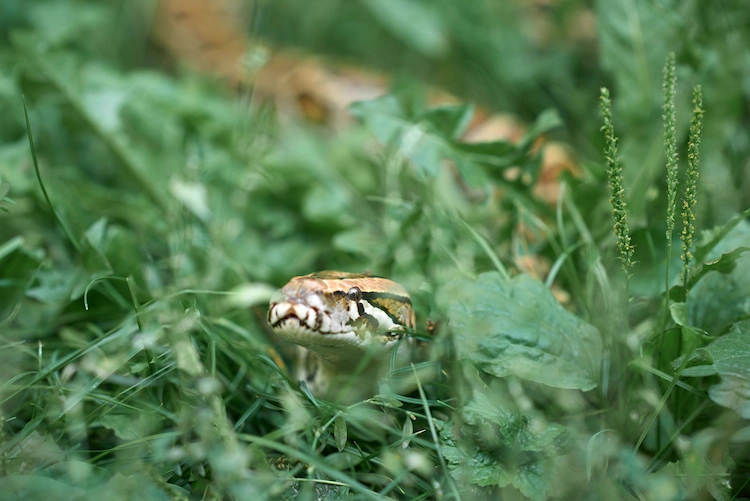
Additionally, many wild animals that can fly or jump seek hiding places in various garden areas, including raised beds. Other unwanted guests that might sneak in are snakes in the garden that need to hide from birds of prey. You can build your beds high enough, or use other deterrents like picket fences to block burrowing animals from entering. To get better results, it would be useful to first identify which animal is digging in the raised bed and what keeps them away. In this way you can prevent damaged plants in the long term and optimize the soil conditions in your beds.
What animal species should be watched out for in raised beds?
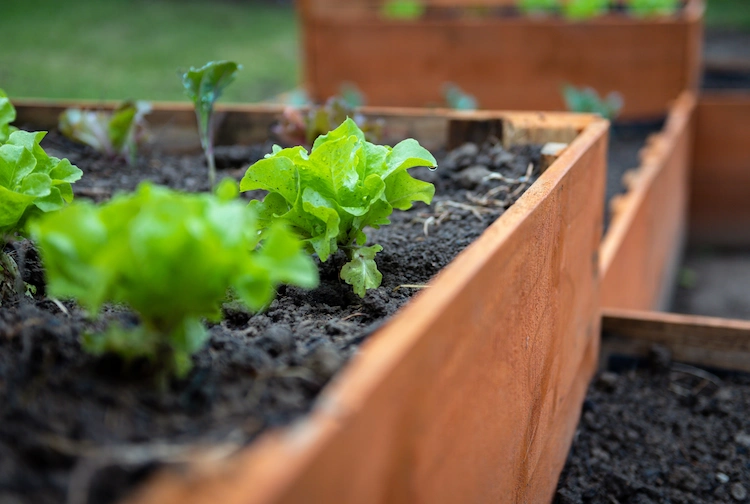
When it comes to knowing which animal is digging in the raised bed, most of the time, climbing rodents are the prime suspects. Accordingly, the little critters have no problem getting into the soil of such structures. Various species of squirrels, rats, and voles or field mice are the most common, although rabbits can also be good jumpers.
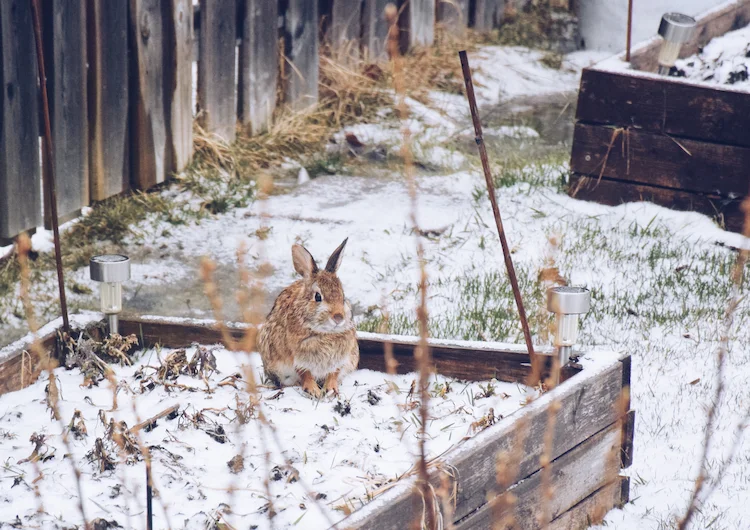
This mostly happens at night when such visitors are free to climb in to get roots of cultivated plants. However, it is also possible for rodents to climb into the raised bed to bury their food accumulated for the winter. If climbers, reptiles and rodents are a nuisance in raised beds, you can use repellents to solve the problem.
What materials to use to build a raised bed?
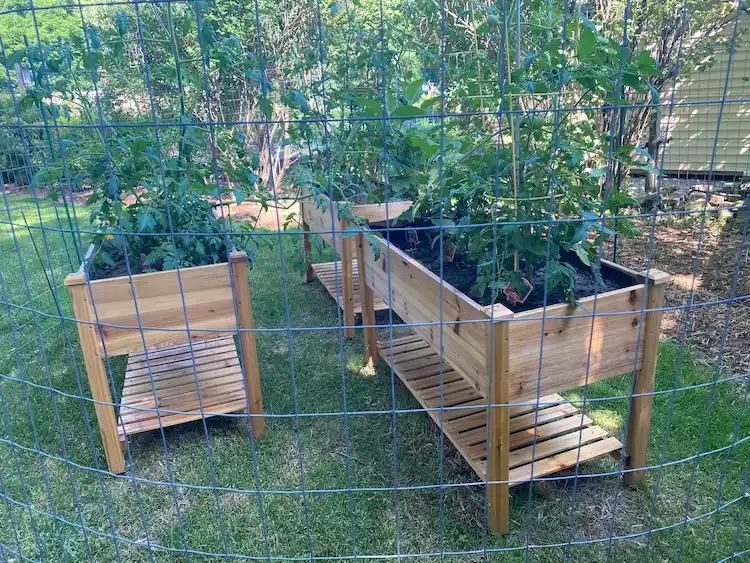
In addition to the measures outlined above, you can also use rocks or metal mesh to create a physical barrier in the ground. This ensures that no matter which animal digs in the raised bed, it cannot break through. Another effective step is to line the bottom of the plant bed using solid wood, brick or even concrete. This is even more effective at keeping out burrowing intruders, while also allowing you to use metal mesh on the underside for added stability. It is best to also lay a layer of stones on the bottom of the bed so that animals cannot dig through their tunnels.
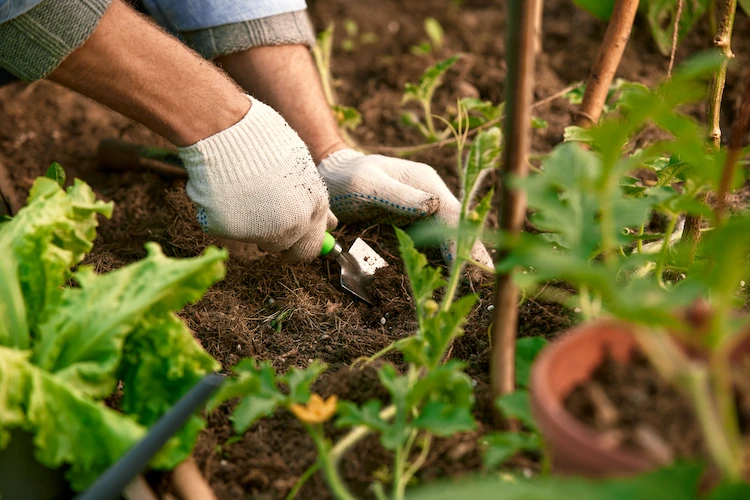
Additionally, it would make sense to use solid building materials when creating a raised bed. A popular and reliable option is natural wood, which can withstand different weather conditions or rot. This would also be a sustainable way to reuse unused wooden planks from pallets to build your own raised beds. Otherwise there are also ready-made kits made of other materials such as plastic, which are just as suitable for this. However, avoid treated wood materials or railroad ties as these contain copper arsenite or creosote, which are toxic to plants and animals.
Better recognize how deep and which animal digs in the raised bed
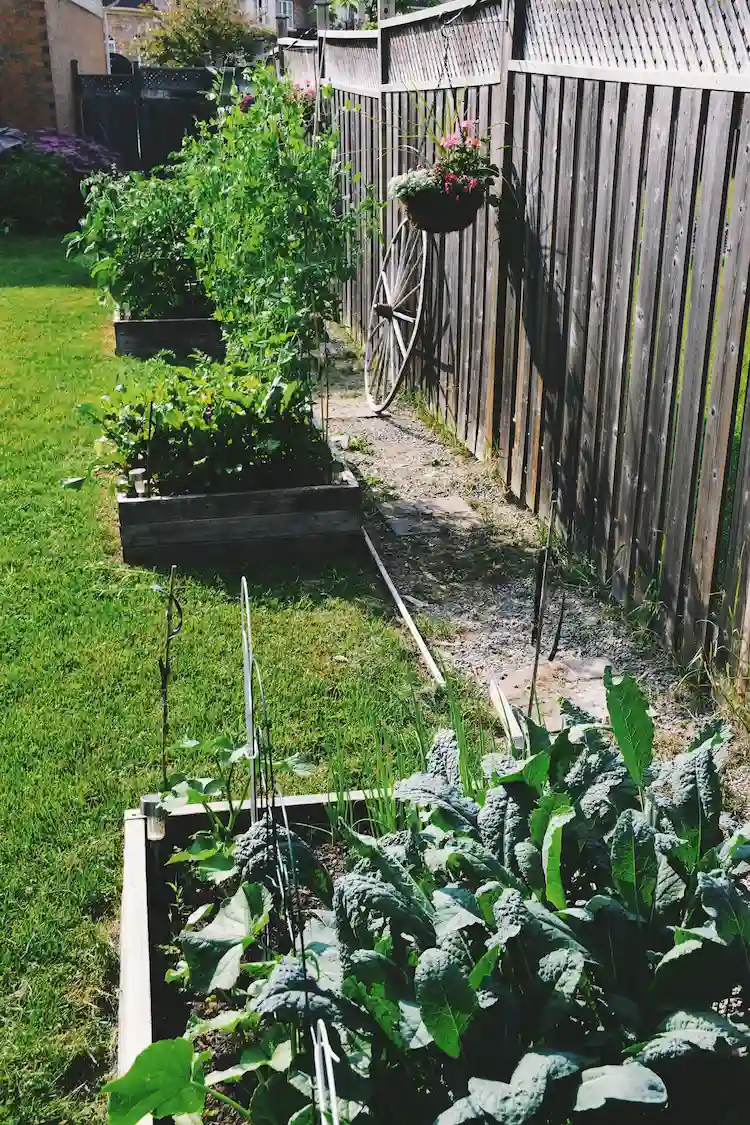
The base of your garden bed should also be deep enough so that burrowing animals like moles cannot reach it from below. For this purpose, you should make the trench for the bed at least 45 cm deep and fasten the walls well in it. In addition, the height of your bed should be at least 60 cm to block access to small jumpers such as hares or rabbits. As for the top of the plant bed, you can also use protective netting like bird netting to repel critters like snakes or birds.
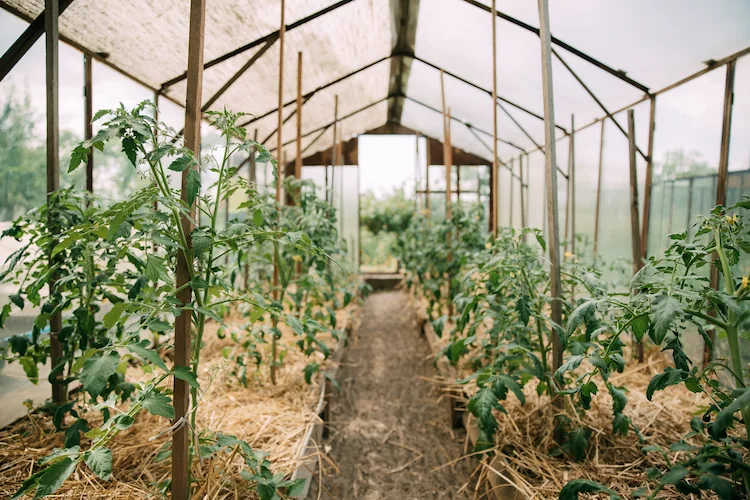
Also, sturdy panels or fleece would be some options that could protect your bedding plants from climbing rodents. In general, you should find out which animal is digging in the raised bed and make sure that the plants in it are protected like in a greenhouse. This is especially true as the plants mature and get larger. So it’s important to plan the size of your bed well in advance and take protective measures while the plants are still seedlings.
Choose defensive plant varieties against burrowing animals in the garden bed

In open raised beds with no shelter, it would also be possible to grow certain plants that are repulsive to small diggers. Garlic, spring onions or leeks in the garden bed, for example, are suitable for this, as they would keep squirrels away. You can also consider daffodils, geraniums, hyacinths, lilies of the valley, and peppermint. Plants such as sage, begonias, coneflowers, honeysuckle, lavender, marigolds, and alyssum are also repellent to rabbits. You can even use the marigolds as bait for grazing animals to distract them from your crops.